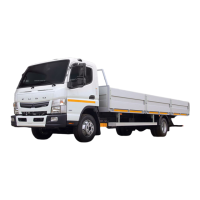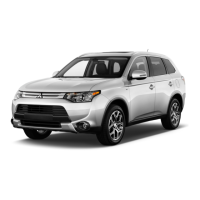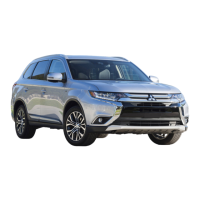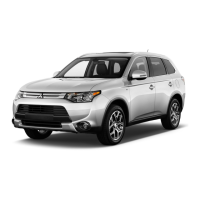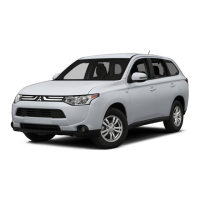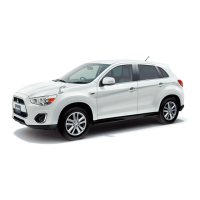4-10
Driving safety
4
● Curb weight: the weight of a motor vehicle with standard
equipment including the maximum capacity of fuel, oil,
and coolant.
● Accessory weight: the combined weight (in excess of
those standard items which may be replaced) of automatic
transmission, power steering, power brakes, power win-
dows, power seats, radio, and heater, to the extent that
these items are available as factory- installed equipment
(whether installed or not).
● Vehicle capacity weight: the rated cargo and luggage load
plus 150 lbs (68 kg) * times the vehicle’s designated seat-
ing capacity.
● Production options weight: the combined weight of those
installed regular production options weighing over 5 lbs
(2.3 kg) in excess of those standard items which they
replace, not previously considered in curb weight or
accessory weight, including heavy duty brakes, ride level-
ers, roof rack, heavy duty battery, and special trim.
● Normal occupant weight: 150 lbs (68 kg) * times the num-
ber of specified occupants. (In your vehicle the number is
3)
● Occupant distribution: Occupant distribution within the
passenger compartment (In your vehicle the distribution is
2 in front, 1 in second row seat)
Tire and loading information placard
N00630100383
The tire and loading information placard is located on the
inside sill of the driver’s door.
This placard shows the maximum number of occupants permit-
ted to ride in your vehicle as well as “the combined weight of
occupants and cargo” (A), which is called the vehicle capacity
weight. The weight of roof load is included in the definition of
“cargo” when determining the vehicle capacity weight. This
placard also tells you the size and recommended inflation pres-
sure for the original equipment tires on your vehicle. For more
information, refer to “Tires” on page 7-23.
*: 150 lbs (68 kg) is the weight of one person as defined by
U.S.A. and Canadian regulations.
BK0150700US.book 10 ページ 2012年3月22日 木曜日 午後6時46分
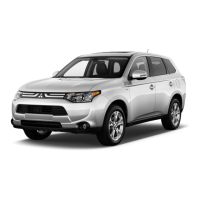
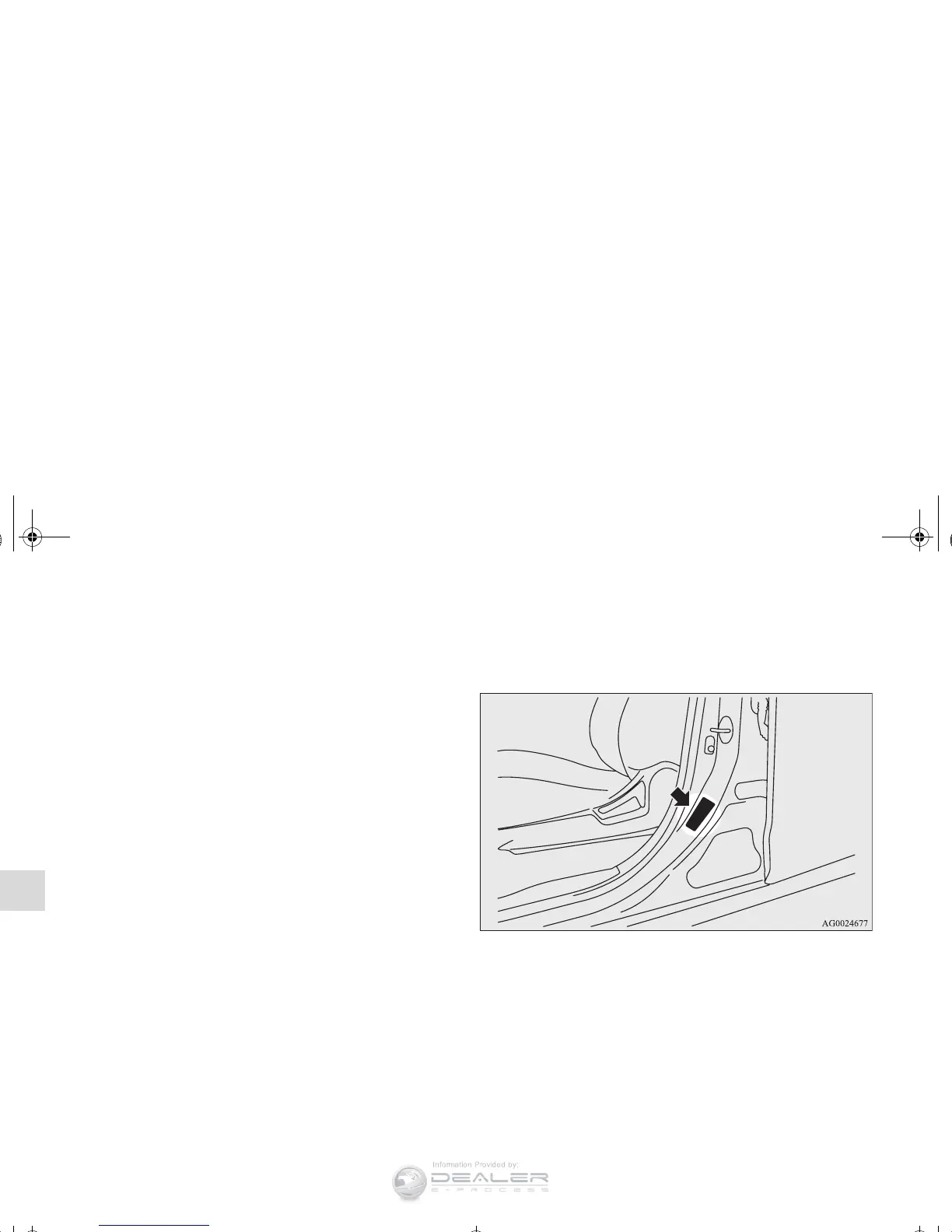